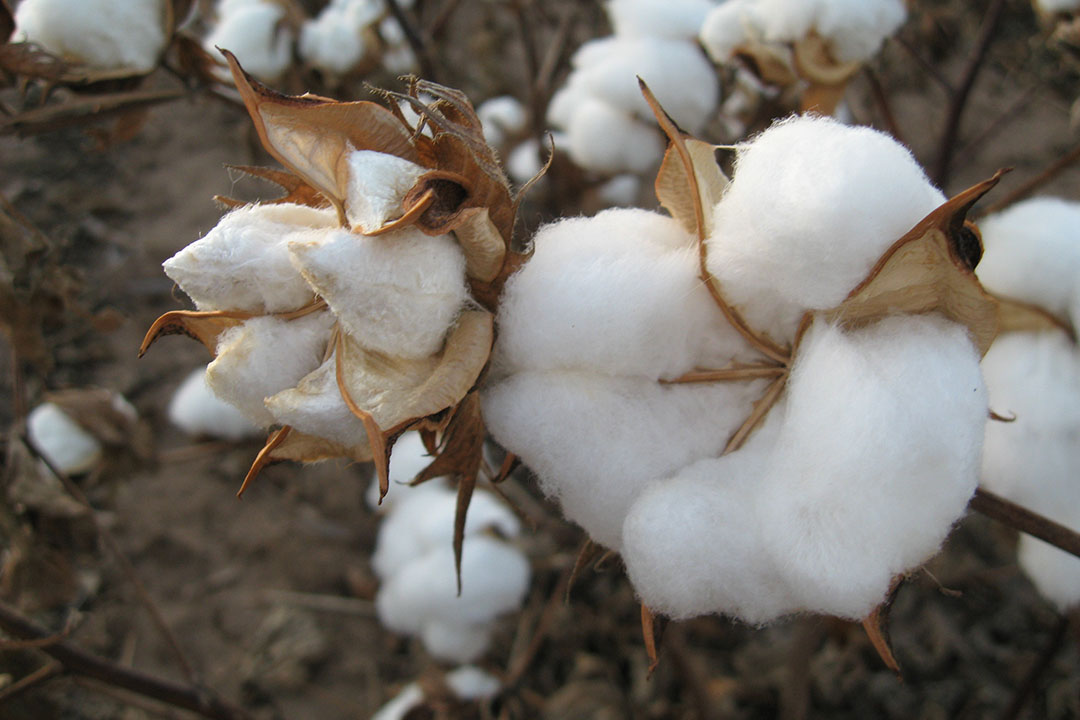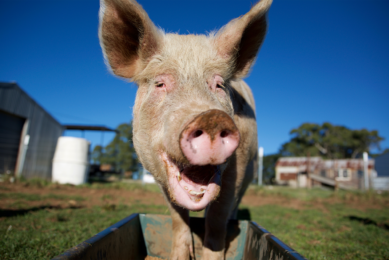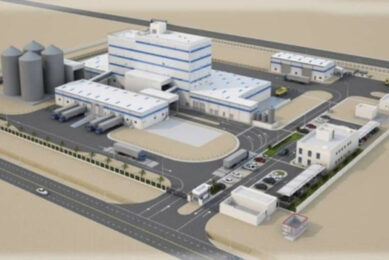Processing of selected oilseed by-products

Agro-industrial by-products, especially residual oilseed cakes and meals from oil extraction, are available in large quantities. How should they be processed to make them suitable for animal feed?
Many plant-based feed resources that could be of considerable nutritional and financial value in animal production remain unexploited, undeveloped or poorly utilised. Agro-industrial by-products such as residual oilseed cakes and meals from oil extraction for example are an interesting feed ingredient and are available in large quantities. Global production is forecasted to rise to 386,000,000 tonnes by 2025 (OECD/FAO, 2016). Most of these protein meals have been explored as feed ingredients in their unrefined state to replace fish meal as alternative protein sources, especially for poultry, pigs and aquatic animals.
Offset certain anti-nutrients and toxins
The limited usefulness of these by-products is either partly caused by, or further restricted by, the presence of anti-nutrients such as trypsin (protease) inhibitors, tannins and lectins, phytate, gossypol, oxalates and glucosinolates, saponins, antivitamins, and mycotoxins. These compounds affect protein and mineral utilisation by decreasing palatability, digestibility, or metabolism, and may even exert a toxic effect resulting in liver damage. There is a need to increase the nutritional value of oilseed by-products, and to offset certain antinutrients and toxins, in order to realise their full potential as animal feed ingredients. Techniques such as fermentation, boiling and sodium hydroxide (NaOH) treatment, heating and/or autoclaving (AC), and sprouting or germination have been proposed as ways of detoxifying and improving the nutritional value of these feed ingredients. A new study, presented here, was designed to assess the effect of processing cottonseed meal (CSM), groundnut meal (GNM) and groundnut husk (GH) by AC, soaking (SK), short-term fermentation (S-TF) or long-term fermentation (L-TF) on the proximate composition, amino acid profile and some anti-nutrients.
Nutritional value improved
After processing, crude protein content improved by 11% after L-TF, and crude lipid content 25% after SK for CSM; crude protein content improved by 27% after S-TF and L-TF, and crude lipid content 13% after SK for GNM. Soaking and fermentation were shown to significantly increase essential amino acid contents by 44% (SK, methionine) in CSM and 46% in GNM (L-TF, histidine). Phosphorus content was reduced by 59% in CSM and 57% in GNM by L-TF. Regarding the anti-nutritional factors, it was shown that autoclaving of CSM resulted in the largest degradation of gossypol, removing 34%, followed by SK and fermentation. Short-term fermentation was the most efficient means of removing gossypol in GNM (45%) and GH (67%). Long-term fermentation was found to be most efficient in decreasing phytic acid from both CSM (72%) and GNM (69%), whereas the lowest degradation was recorded after AC. The researchers concluded that SK and fermentation were simple, cost-effective, and efficient ways to improve the nutritional value of the selected oilseed by-products. However, further studies should investigate combined processing techniques to completely remove gossypol and phytic acid in the tested oilseed by-products.
This article is a summary of the original paper: Processing techniques of selected oilseed by-products of potential use in animal feed: Effects on proximate nutrient composition, amino acid profile and antinutrients, published in Animal Nutrition, December, 2018.











